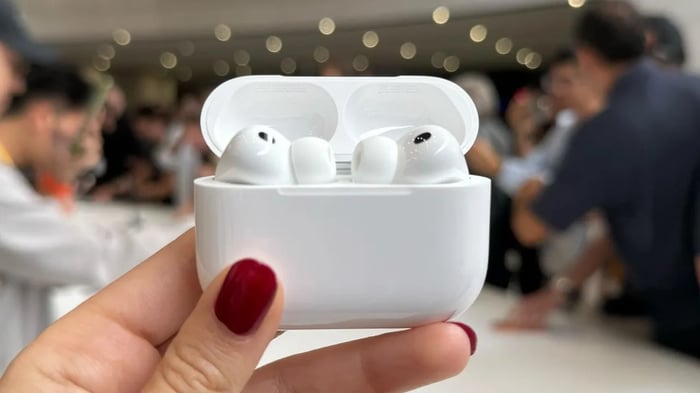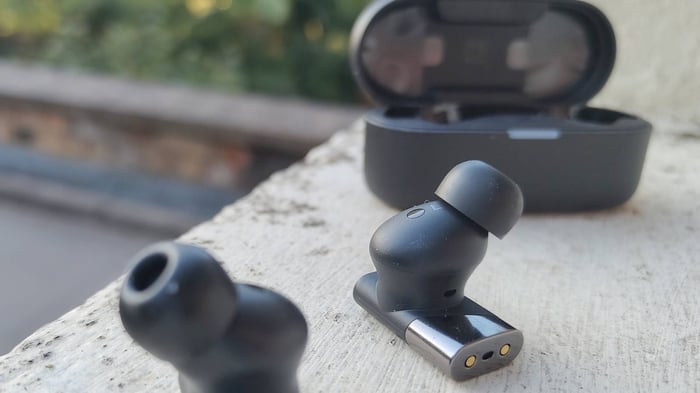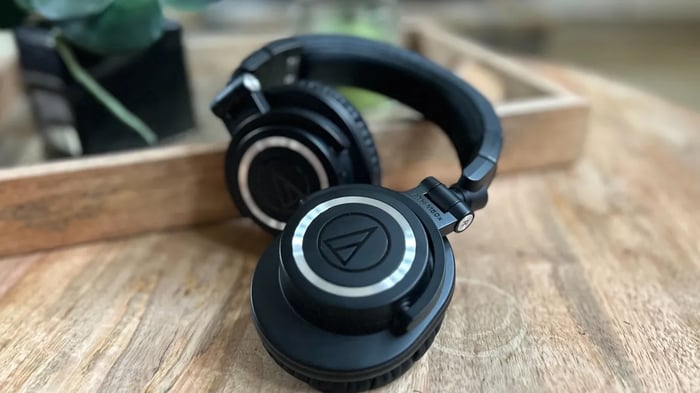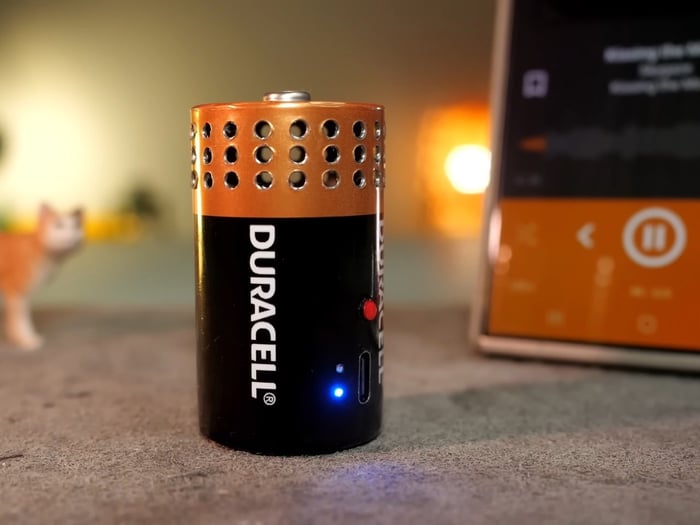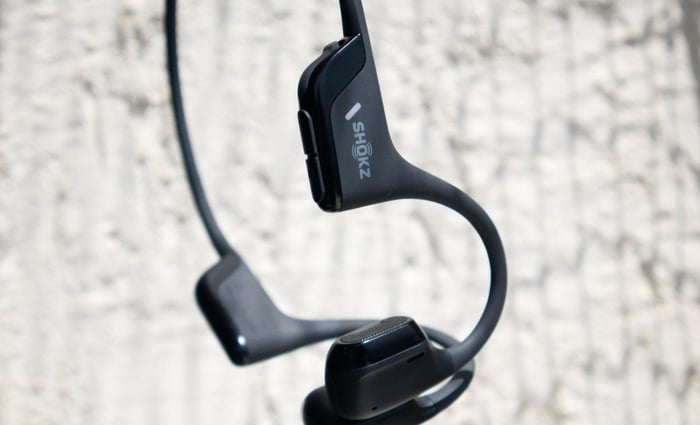
Shokz OpenRun Pro 2 Review: The Ultimate Bone Conduction Headset for Running and Sports
Shokz OpenRun Pro 2 Review: The Ultimate Bone Conduction Headset for Running and Sports
Explore the Shokz OpenRun Pro 2 – a hybrid bone conduction headset designed for athletes seeking open-ear comfort and solid sound during workouts.
A Fresh Take on Sound: Hybrid Bone and Air Conduction
If you’re like me, always chasing that perfect workout gear, the Shokz OpenRun Pro 2 headphones might just catch your eye (or ear). This headset doesn’t just rely on traditional bone conduction—it blends it with standard air conduction. The bone conduction drivers handle mid and high frequencies, while tiny air conduction drivers pump up the lows. The promise? Keep your ears open to the world while solving one of the classic bone conduction woes: weak bass. Intriguing, right?
The OpenRun Pro 2 also boasts better comfort, a sturdier build, and longer battery life than its predecessor. Let's dive into how it actually performs when the rubber meets the road.
Sleek, Sporty Design Built to Move With You
Shokz sticks with its signature neckband design here—a flexible, nickel-titanium alloy band wraps comfortably around your neck. Behind your ears, you'll find compact battery and electronics modules, with drivers perched in front. For those with smaller heads, there’s even a shorter neckband option trimming 2.1 cm off the length.
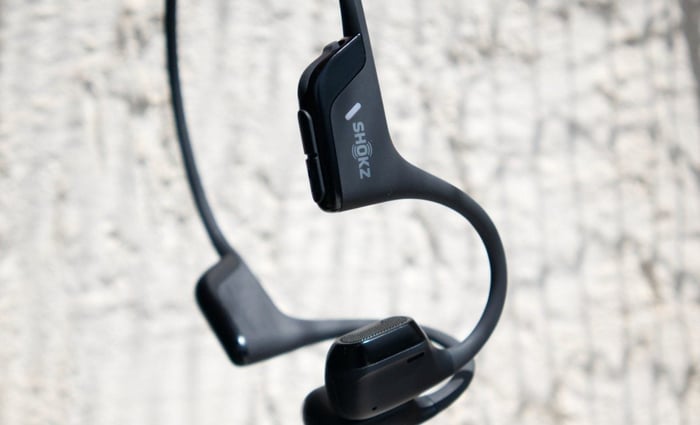
Controls live on both sides: a single play/pause button on the left driver, and volume plus power/pairing buttons behind the right ear. Just a heads up—it would’ve been awesome to have play controls on both sides, making it easier to jam out no matter which hand is free.
The driver modules themselves are deceptively small despite housing dual drivers. You’ll spot a grille on the side facing your ear—that’s the air conduction driver—and a flat panel pressed against your temple houses the bone conduction driver.
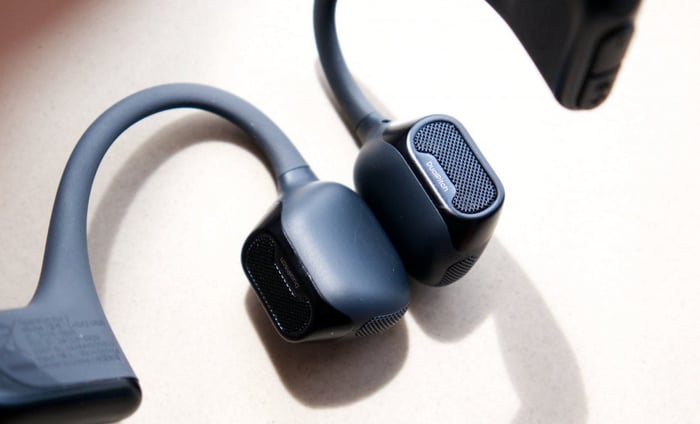
Once you put them on, you’ll barely notice the OpenRun Pro 2. Shokz claims reduced clamp force from previous models, and I can confirm: the fit is gentle yet secure. Plus, the bone conduction drivers don’t buzz uncomfortably, even at higher volumes—a longtime gripe with earlier models. However, the nickel-titanium wire that snakes around your ears is a bit unforgiving—no soft padding there, so some users might find it slightly sharp or uncomfortable over long sessions.
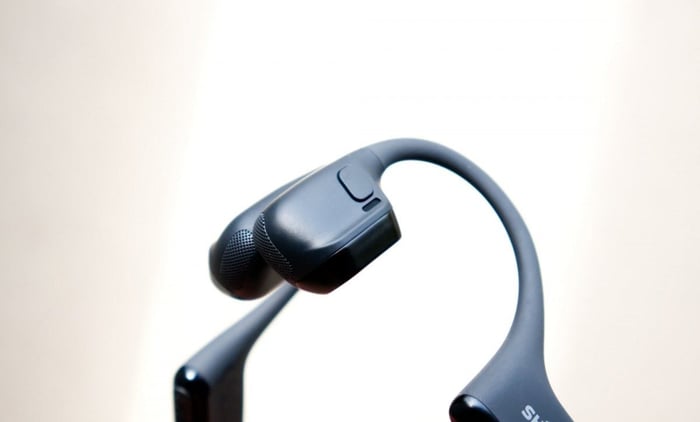
Wearing these with sunglasses? No problem, though putting on and taking off both can get a little fiddly.
One big plus for outdoor athletes: the OpenRun Pro 2 is IP55-rated for dust and water resistance. Sweat and light rain won’t stop your workout. For swimming, though, Shokz recommends their OpenSwim Pro, tailored specifically for the pool.
App Control: Useful but Optional
Pairing with the Shokz app (iOS and Android) is straightforward but with a catch—you must agree to share your personal data to move past the welcome screen. Beyond that, the app is simple: adjust sound presets, enable multipoint pairing, update firmware, and toggle voice prompt languages.
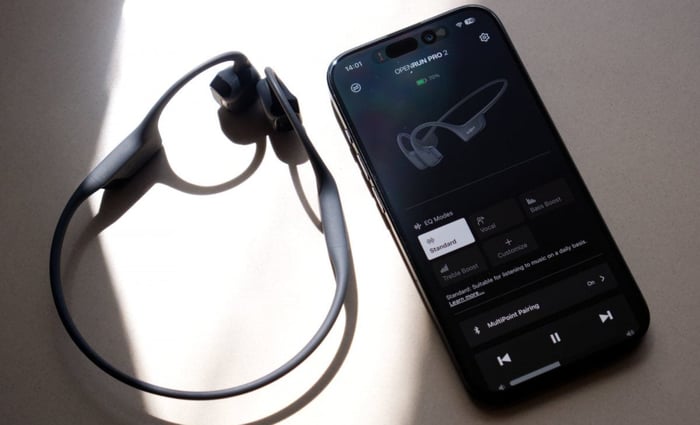
Sound-wise, you get four preset EQs and a handy six-band custom equalizer. Multipoint pairing lets you connect with multiple devices at once, switch between them smoothly, and manage connections with ease.
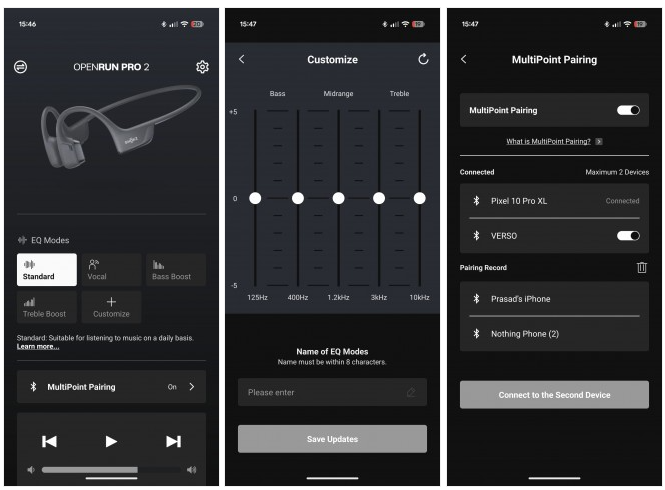
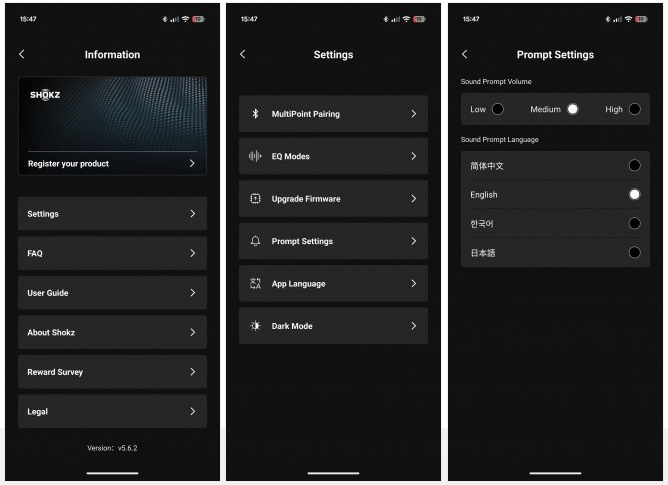
Honestly, unless you want to check for firmware updates, you can probably skip the app after setting up—these headphones are ready right out of the box.
Sound Quality: A Surprising Balance for Bone Conduction
Here’s the technical magic: the OpenRun Pro 2 uses a metallic bone conduction driver for mids and highs, while an 18x11 mm dynamic air conduction driver handles the bass. The bone conduction sends sound vibrations directly through your cheekbones, while the air conduction driver funnels sound into your ear canal like a traditional speaker.
Connectivity is via Bluetooth 5.3, supporting only the SBC codec. While this might sound like a limitation—most devices support AAC or aptX these days—it’s not much of a setback here. Higher-quality codecs wouldn’t make a noticeable difference given the open-ear design and driver tech.
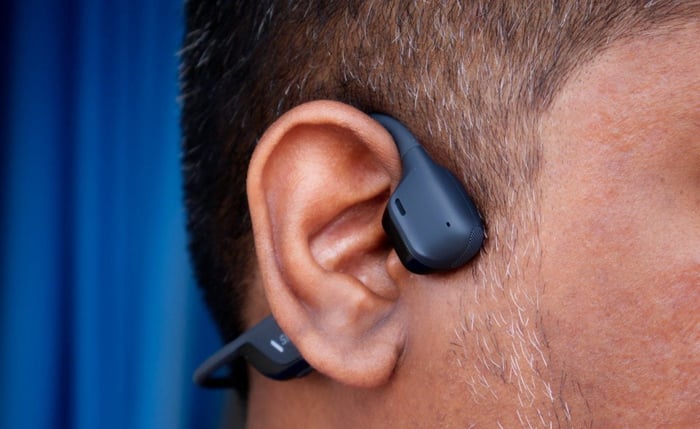
Due to bone conduction’s natural constraints, don’t expect earth-shaking bass or glistening highs like you’d get from in-ear buds. But surprisingly, the OpenRun Pro 2 nails a natural overall tone without harsh peaks or coloration.
Bass below 50 Hz is practically inaudible, and while the mids and highs carry well, the bass you do get is soft—not the kind that rumbles your skull. The air conduction driver helps a lot here but can’t quite replicate the visceral punch from traditional earbuds.
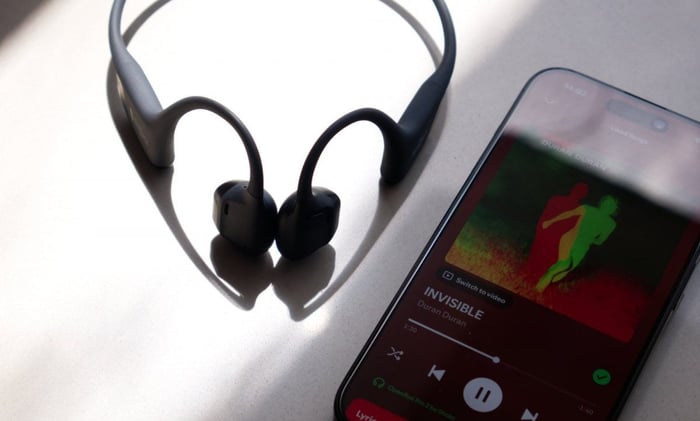
Mids shine brightest, with vocals and instruments sounding clear and pleasant—great news for runners who want that motivating playlist without distraction.
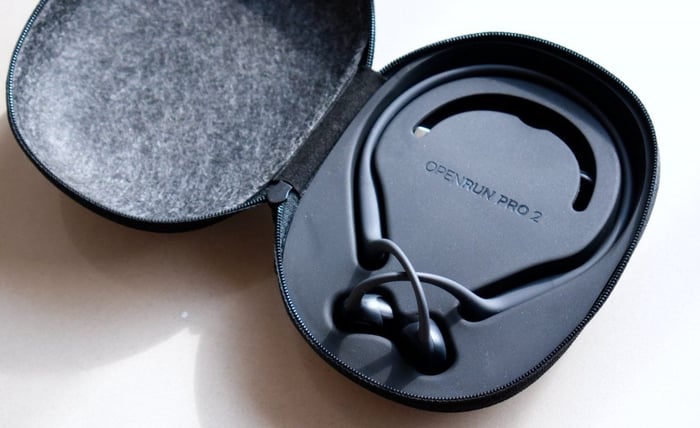
Highs fall off a bit around 16 kHz, resulting in a slightly muted or “dark” sound that lacks sparkle or airiness. This subtle dullness might not bother casual listeners but audio purists will notice.
The soundstage leans heavily “inside the head,” typical of bone conduction, rather than delivering the open spatial feel you get from open-back headphones. The air conduction element adds some external perception but doesn’t fully recreate that immersive 3D effect.
Remember, though, these aren’t designed for audiophiles. The OpenRun Pro 2 excels when you’re moving—jogging, biking, or hitting the gym—delivering decent sound while keeping your ears clear for traffic and surroundings.
One quirk: the volume tops out at a moderate level. Crank it past 70% volume, and the little bass that’s there vanishes. But it’s perfectly fine for outdoor use—you want to hear the world around you, after all.
Microphone and Delay: Clear Calls, No Gaming
The mic quality is solid. Voices come through clean but a bit quiet, while ambient noise suppression works well enough to keep background rumble mostly at bay. Perfect for quick calls on the trail.
Latency is acceptable for watching videos but not ideal for gaming. So, if you’re a casual viewer or runner, these will serve well, but don’t expect them to replace dedicated gaming headsets.
Connectivity: Rock-Solid Bluetooth Performance
OpenRun Pro 2 impressed with stable Bluetooth connections using the SBC codec—no annoying dropouts and excellent range.
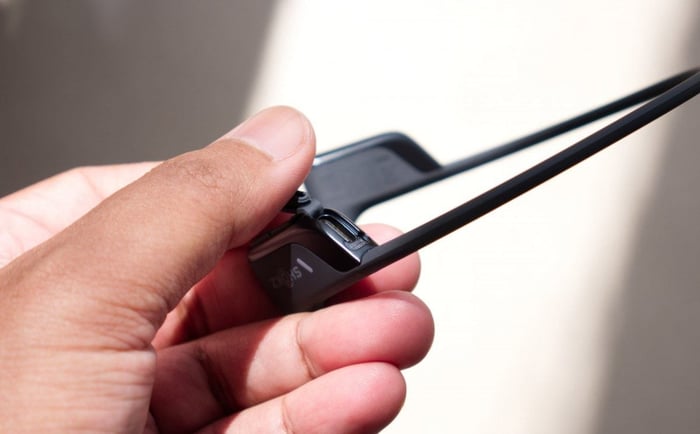
One quirk: the headset prefers to auto-connect to the last paired device, not necessarily the last connected one. So if you paired with your phone, then your laptop, then switched back to your phone and turned off the headset, when turning it back on it might auto-connect to the laptop instead. Multipoint pairing smooths over this issue by connecting to multiple devices simultaneously.
You can easily manage paired devices via the app.
No Noise Cancellation, But That’s The Point
The OpenRun Pro 2 doesn’t include noise cancellation—because it would defeat the purpose of keeping your ears open. While you can hear your surroundings, be mindful: even with open ears, environmental sounds can fade under certain conditions.
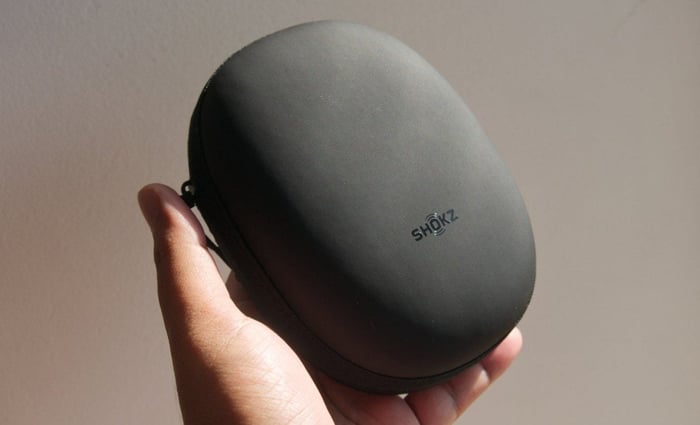
Your volume outdoors should stay around 40-50% to avoid drowning out important sounds like traffic or warnings.
Is this better than earbuds with transparency modes? It depends. Nothing beats fully open ears for awareness, but transparency tech is getting impressively close. Plus, bone conduction avoids wind noise problems that can plague open-ear buds when cycling or running.
Battery Life: Keeps Up With Your Longest Runs
Shokz claims 12 hours of battery life, and testing confirms you can squeeze out about 12 hours and 17 minutes on a charge. Impressive!
The quick-charge feature is handy too—just 5 minutes plugged in gives you about 2.5 to 3 hours of playback.
While 12 hours is solid compared to typical TWS earbuds, you’ll need to recharge more often since there’s no charging case backup. Perfect for daily workouts but not a multi-day camping trip.
Final Thoughts: The Best Bone Conduction Option for Active Lifestyles
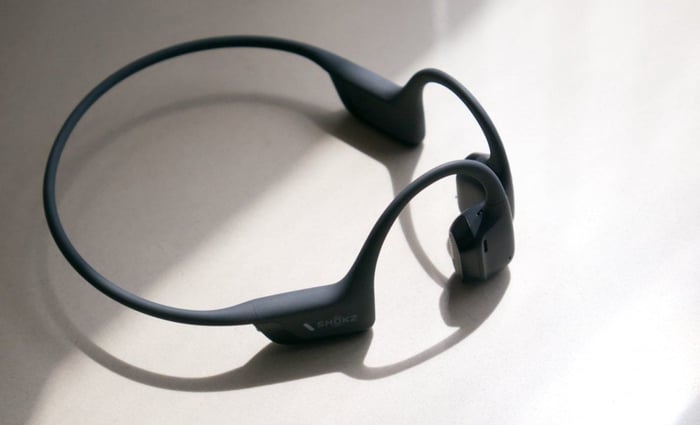
At around $180, the Shokz OpenRun Pro 2 headphones isn’t cheap—but when on sale, it’s definitely a steal for what they offer. If you’ve been curious about bone conduction headphones, these are among the best-in-class: lightweight, comfortable, well-built, and with surprisingly good sound for the technology.
The microphone, battery life, and Bluetooth reliability round out a compelling package.
That said, bone conduction headphones won't suit everyone. Most people might prefer traditional wireless earbuds with transparency modes for their sound quality and versatility.
But if you’re a runner, cyclist, or outdoor fitness enthusiast who values safety and situational awareness, the OpenRun Pro 2 could be your perfect companion.
“Shokz OpenRun Pro 2 blend open-ear safety with hybrid sound tech, offering a fresh take on workout audio.”
FAQ
- How does the hybrid driver system improve sound?
The combination of bone conduction drivers for mids/highs and air conduction drivers for bass provides a fuller sound spectrum than traditional bone conduction alone. - Are these headphones comfortable for long workouts?
Yes, they’re lightweight with reduced clamp force, but some might find the bare neckband wire slightly uncomfortable without padding. - Can I use the OpenRun Pro 2 while swimming?
No. These are sweat and splash-resistant (IP55), but for swimming, Shokz’s OpenSwim Pro is recommended. - Do they support noise cancellation?
No, because their open-ear design prioritizes situational awareness. Noise cancellation would defeat this purpose. - Is the Bluetooth connection reliable?
Very much so. SBC codec ensures stable connections with excellent range, and multipoint pairing lets you connect to multiple devices.
Ready to bring iconic sound and style to your workouts? Shop your favorite album cover poster at our store for a perfect soundtrack backdrop: Architeg Prints.
 | DISCOUNTGET 30% OFF*Use code on your next order:
|
* This post may contain affiliate links, meaning we earn a commission if you make a purchase through these links, at no additional cost to you.



